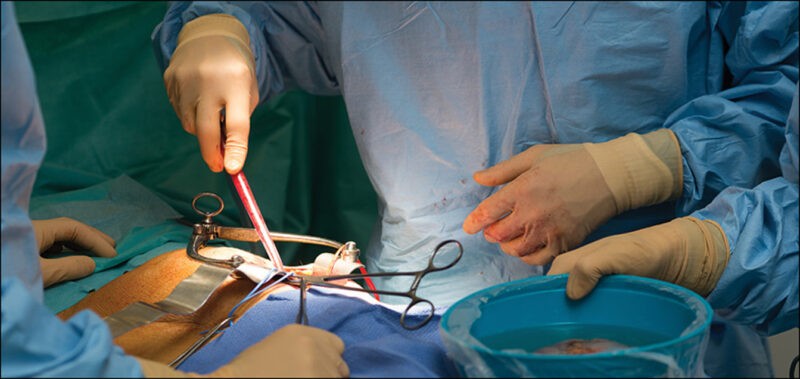After 2 failures, 3rd transplant success, patient walks home with 5 kidneys

Chennai : In a rarest of rare cases, which might have not
been reported in India, a patient walked home with five kidneys after
the successful third kidney transplant due to the failure earlier two
transplants at the Madras Medical Mission (MMM) hospital in the city.
Third kidney transplant done by Dr. S. Saravanan using an unconventional
transperitoneal approach. The patient’s chronic kidney disease had seen
him go through two kidney transplants earlier at a different hospital.
The patient now has a total of five kidneys in his body and is doing well
with the newly placed kidney.
This approach is not done commonly across the world and no paper on this
approach has been published in India.
A MMM release today said the 41-year-old-patient, with hypertension and
Chronic Kidney Disease (CKD), landed at the hospital for kidney transplant.
He decided this based on the successful transplant performed on his sister
earlier by Dr S. Saravanan, vascular and transplant surgeon, MMM hospital.
The patient’s first and second transplant failed due to his uncontrolled
hypertension. He was also diagnosed with coronary artery disease and
underwent a triple bypass surgery, three months earlier at MMM.
July 10, 2021 was the day the kidney transplant operation was successfully
done. It was a mammoth task to transplant a kidney in a body cavity already
occupied by four kidneys (2 native kidneys (right and left) two transplanted
kidneys (r/l).
The artery and vein connected to the kidney is called renal artery and renal
vein respectively and the kidney is usually present behind the intestine in
a place called retroperitoneum (read as ‘behind the gut’).
Ideally, during transplant, the donor kidney is placed next to the native kidney
and the renal artery gets attached to the external celiac artery (branch of the
aorta, the biggest artery coming from the heart); renal vein to external celiac
vein and the ureter to the bladder.
“There were four challenges in performing this surgery–firstly, lack of space
for the new kidney in the retroperitoneum; second is the lack of width on the
native blood vessels to connect the renal artery and vein; third, the bladder
is scarred with earlier surgeries and finally, the patient tends to develop lot
of antibodies from the earlier surgeries and plasmapheresis (filtering the blood)
has to be performed before the new kidney is placed”, said Dr Saravanan.
The reason for not removing the old kidneys and making space for the new one
is because the patient could profusely bleed and require blood transfusion.
This could lead to the production of antibodies which could cause rejection
of the new kidney.
Dr Saravanan’s solution was to let go of the branches of the aorta and connected
the renal artery at the bifurcation of aorta itself, and renal vein to inferior
vena cava (largest vein going into the heart). The kidney was placed high above
in the abdominal cavity, right next to the intestine as opposed to the conventional
approach.
“The transperitoneal approach (through the gut), a surgery rarely performed–even
globally–was what saved the day for his patient.
The patient has since been discharged, has gone through his first set of post
operation check-ups and continues to recover well.
UNI






